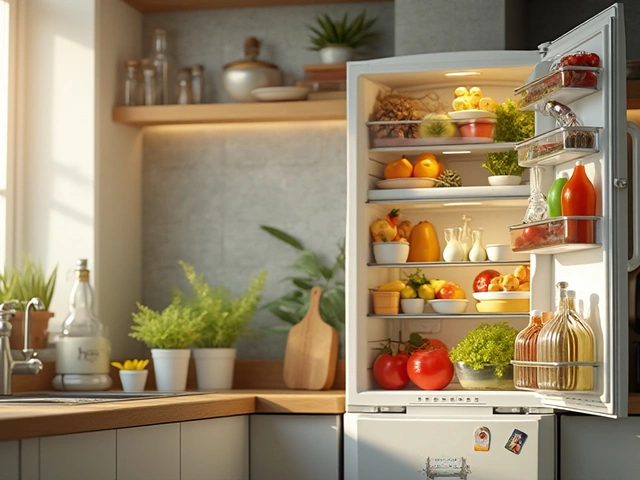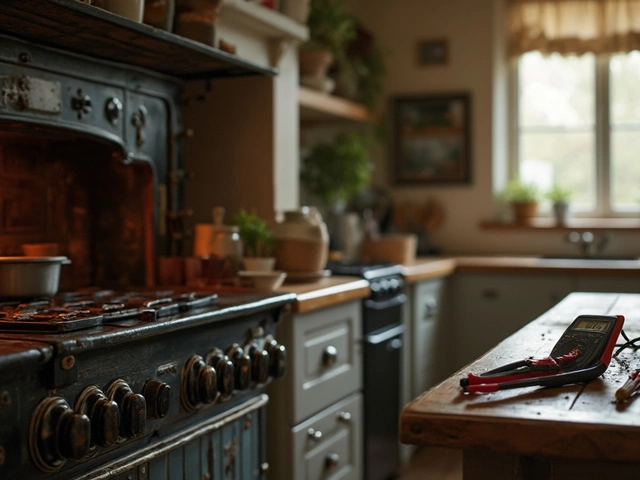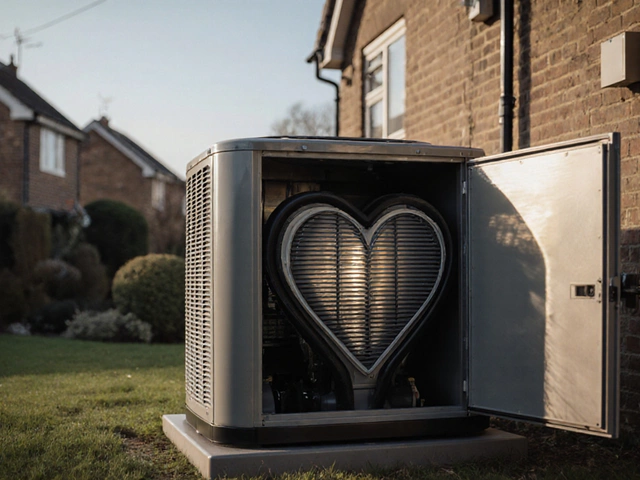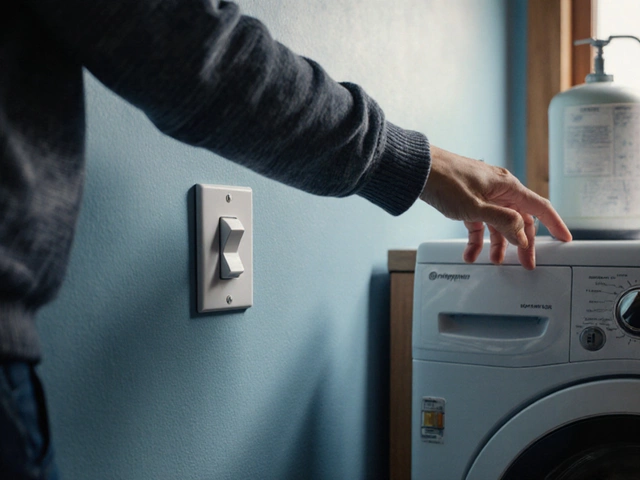Essential Appliances and Their Importance in Modern Homes
January 2 2025Heating Temperature Basics and Simple Ways to Save Energy
Ever wonder why some rooms feel chilly while the thermostat reads a comfortable number? It’s usually a mix of where the heat is coming from and how you control it. Getting the right heating temperature isn’t a magic trick – it’s about knowing the sweet spot for comfort and efficiency. Below are everyday tips you can start using right away.
Find the Comfort Zone for Your Home
Most people feel comfortable at 68‑70°F (20‑21°C) when they’re at home and awake. Lower it a few degrees at night or when you’re out – 60‑64°F (15‑18°C) is enough to keep pipes from freezing and saves a lot on bills. If you have a programmable thermostat, set it to drop the temperature an hour before you leave and rise again shortly before you get back. That way the heating system isn’t running when you don’t need it.
Boiler and Radiator Settings That Make a Difference
Old boilers often run hotter than necessary. Aim for a boiler output of around 180°F (82°C) for regular heating and 140°F (60°C) for hot water. If you can, lower the boiler temperature by 5‑10°F; you’ll still get the same room heat but the system uses less fuel. Radiators work best when they’re not blocked by furniture or curtains – give them space to push warm air around. Balancing radiators (adjusting the lock‑shield valves) can also even out temperature differences between rooms.
Thermostat placement matters. If the sensor sits near a drafty window or a heat source like a sunny wall, it will give misleading readings. Keep it on an interior wall away from direct sunlight, drafts, and walls that touch outside. A misplaced sensor can make the boiler work harder, driving up costs.
Seasonal changes call for small tweaks. In spring, you can drop the heating temperature by a few degrees as the outside gets milder. In winter, if the house feels cold even at the set temperature, check for insulation gaps or drafty doors before raising the thermostat. Often, sealing a draft or adding a window film solves the problem without extra heat.
Smart thermostats add convenience, but you don’t need one to save money. Even a basic programmable model lets you set different schedules for weekdays, weekends, and vacations. The key is to keep the schedule consistent so the system learns your patterns and runs efficiently.
Don’t forget to service your boiler yearly. A clean heat exchanger and a well‑tuned burner keep the boiler running at the set temperature without waste. Skipping service can lead to higher fuel consumption and unexpected breakdowns.
Finally, listen to your home. If a room stays cold despite the thermostat, the issue might be a stuck valve, a damaged radiator, or poor pipe insulation. Fixing those problems often restores balance without any need to crank up the heat.
By setting a sensible heating temperature, adjusting boiler output, and keeping thermostats in the right spot, you’ll stay warm, lower your bills, and stretch the life of your heating system. Simple steps, big payoff.
 13 Feb
13 Feb
The Efficiency Limits of a Heat Pump: Understanding the Temperature Thresholds
Ever wondered when your heat pump stops being a superstar and starts slacking on your heating bills? Heat pumps work great until certain low temperatures hit, where they start losing their efficiency. Knowing this critical temperature helps in ensuring your heat pump is always up to the task. This article breaks down the temperature threshold for heat pumps and offers practical tips to keep them running efficiently.
Read More...



